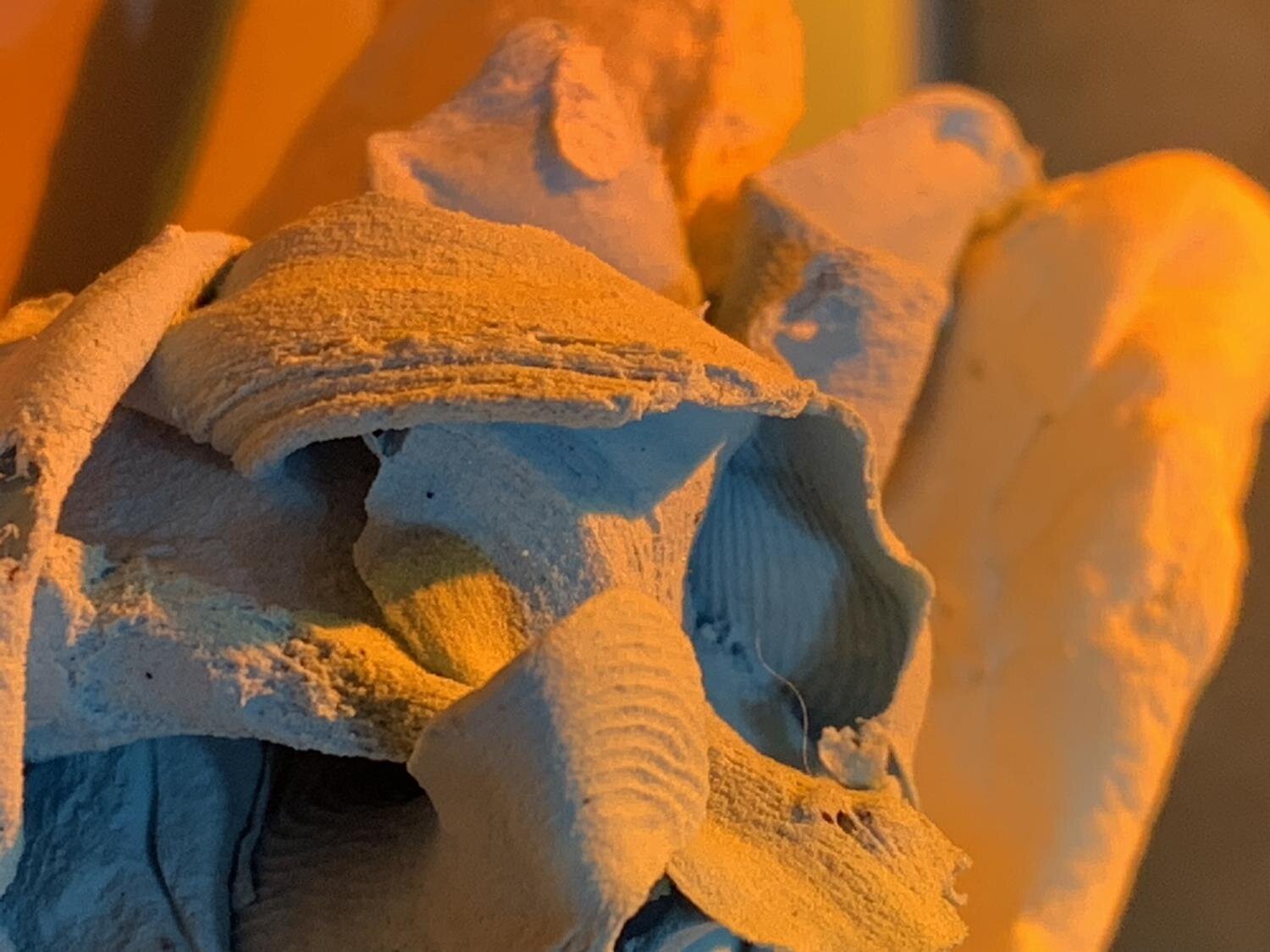The Newest Art Biennale in Southeast Asia
The inaugural Bangkok Art Biennale brings contemporary artworks into the city and its temples
By Ilyda Chua
Choi Jeong Hwa, ‘Shot Guns’, 2018. Image courtesy of Bangkok Art Biennale.
The latest addition to the growing number of art biennales in Southeast Asian capitals will soon take its place on the regional stage. One of the three new biennales that have emerged in the nation this year, the inaugural Bangkok Art Biennale will run from 19 October 2018 to 3 February 2019 — within months of the debuts of the Bangkok Biennial and the Thailand Biennale.
The fair is also perhaps the most ambitious of the three, boasting 75 exhibited artists from Asia and beyond, including well-known names such as Japanese artist Yayoi Kusama and South Korean artists Lee Bul and Choi Jeong Hwa.
Names from closer to home also fill the event’s roster. From Singapore, there’s emerging artist Kray Chan, as well as Ho Tzu Nyen, best known for his video and theatrical works. Other Southeast Asian artists participating include award-winning photographer Sherman Ong from Malaysia, multidisciplinary Cambodian artist Lim Sokchanlina, and Ho Chi Minh City-based art collective Art Labour.
Moelyono, ‘Listen to the Voice My Land Papua’, 2014, acrylic on canvas, 120 x 145cm. Image courtesy of Bangkok Art Biennale.
From the Philippines, there’s dancer and choreographer Eisa Jocson, who will exhibit alongside Mark Justiniani, best known for his use of reflective mediums. And finally, from Indonesia, three contemporary talents will exhibit: Moelyono, whose art reflects his engagements with local communities; Angki Purbandono, noted for his scanographies; and visual artist Heri Dono.
Showcasing works from 34 different countries, with many of the artists from Thailand itself, including younger artists such as Komkrit Tepthian and more established ones such as Natee Utarit, the biennale — with the theme ‘Beyond Bliss’ — represents the city’s aspiration to be a major venue in the world of international contemporary art.
The Bangkok Biennial, which shares a similar name and ran earlier this year, took a more alternative track by abandoning the traditional curatorial style in favour of a highly conceptual, guerrilla model, reminiscent of documenta 14, which took place in both Kassel and Athens last year. Meanwhile, the Thailand Biennale is set to launch this November in the island province of Krabi, with outdoor exhibitions set up on natural sites such as its well-known beaches.
In contrast, the Bangkok Art Biennale will see artworks spread out in 20 nationally important sites across the country, such as Bangkok’s principal river, the Chao Phraya; iconic landmarks like the Venetian-style East Asiatic building; and, most notably, ancient temples, such as the Wat Pho (Temple of Reclining Buddha), Wat Prayoon (Temple of Iron Fence), and Wat Arun (Temple of Dawn).
Komkrit Tepthian, ‘Giant Twins’, 2018, fiber glass, 320 cm. Image courtesy of Bangkok Art Biennale.
The fair marks the first time these ancient sites will be used to host contemporary art — and, in the same move indicates its intention of making its unique mark on the regional art scene.
The event is the latest in a string of Southeast Asian art biennales that have been launched in recent times. Last year’s inaugural Kuala Lumpur Biennale had a shaky start, with Malaysian police confiscating artworks following complaints from visitors.
In contrast, the Manila Biennale, which saw its first edition in March this year, gained widespread recognition after its deliberately ironic transformation of the walled city of Intramuros into an exhibition space for the fair, anchored by the theme ‘Open City’. And of course, the longer running Singapore Biennale and Jakarta Biennale — which began in 2006 and 1974 respectively — continue to be important showcases of contemporary art in the region.
It will be interesting to see if the Bangkok Art Biennale, in all its ambition, will succeed in bringing the capital into the international spotlight.
















